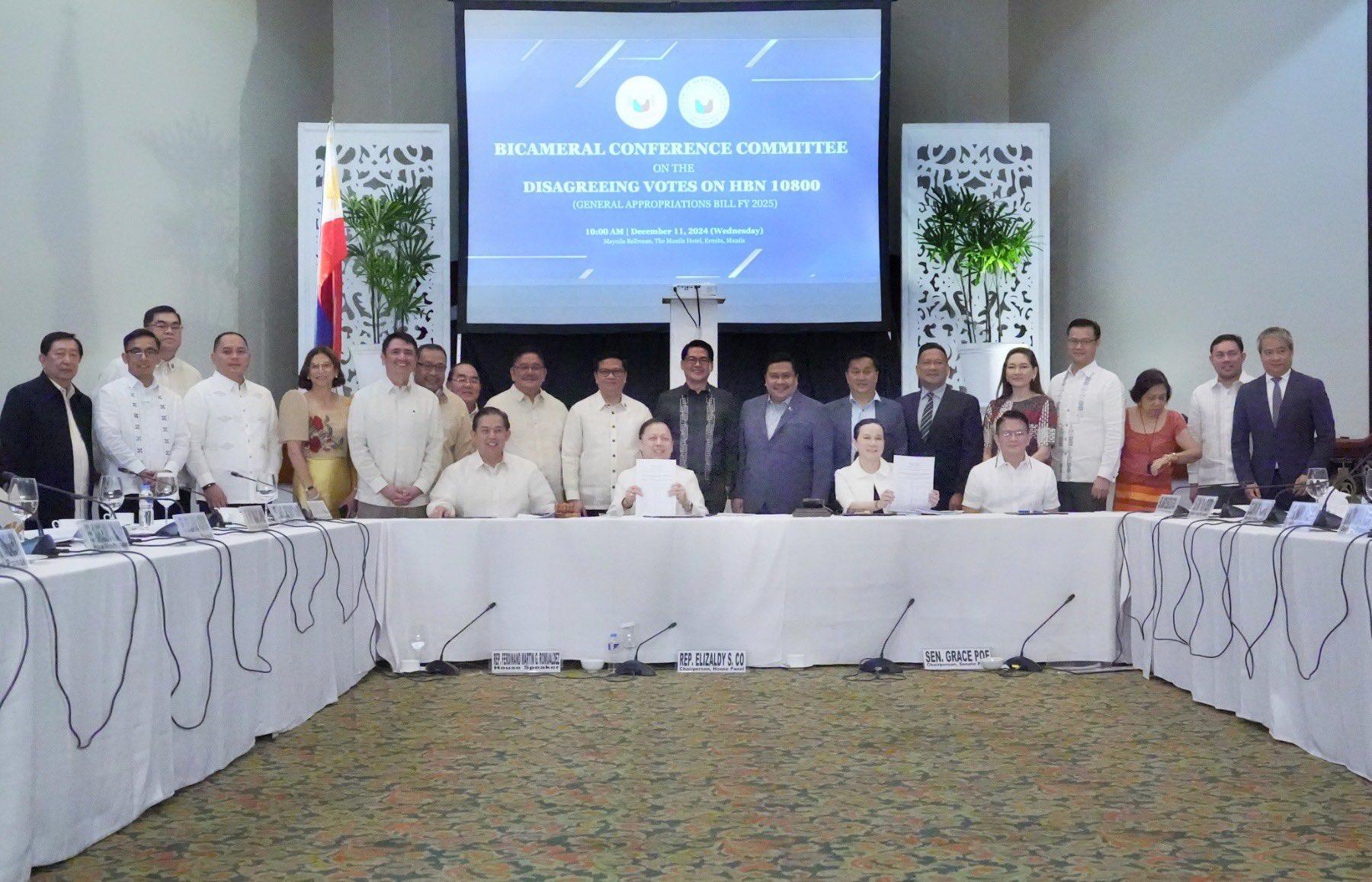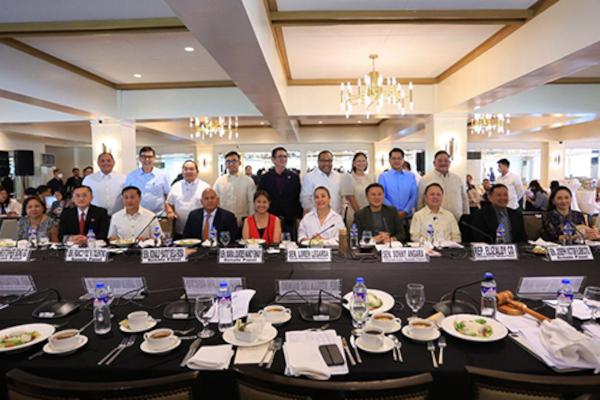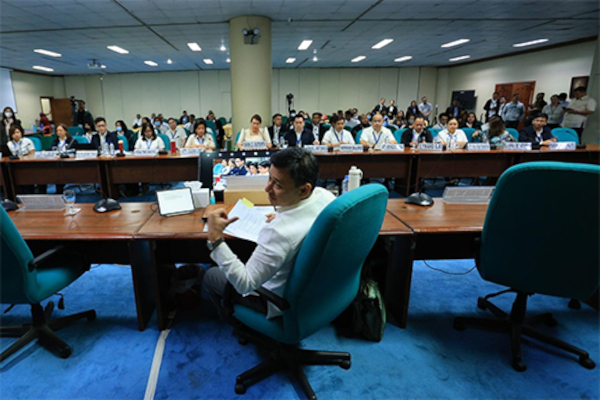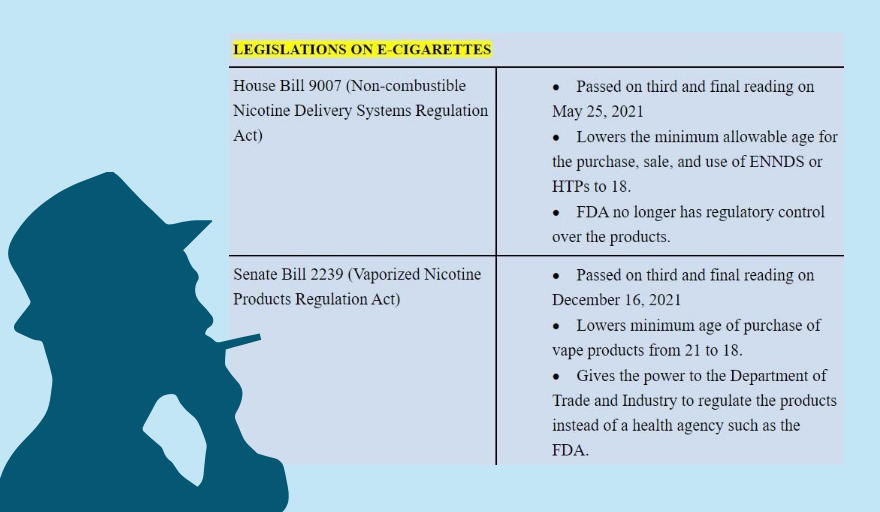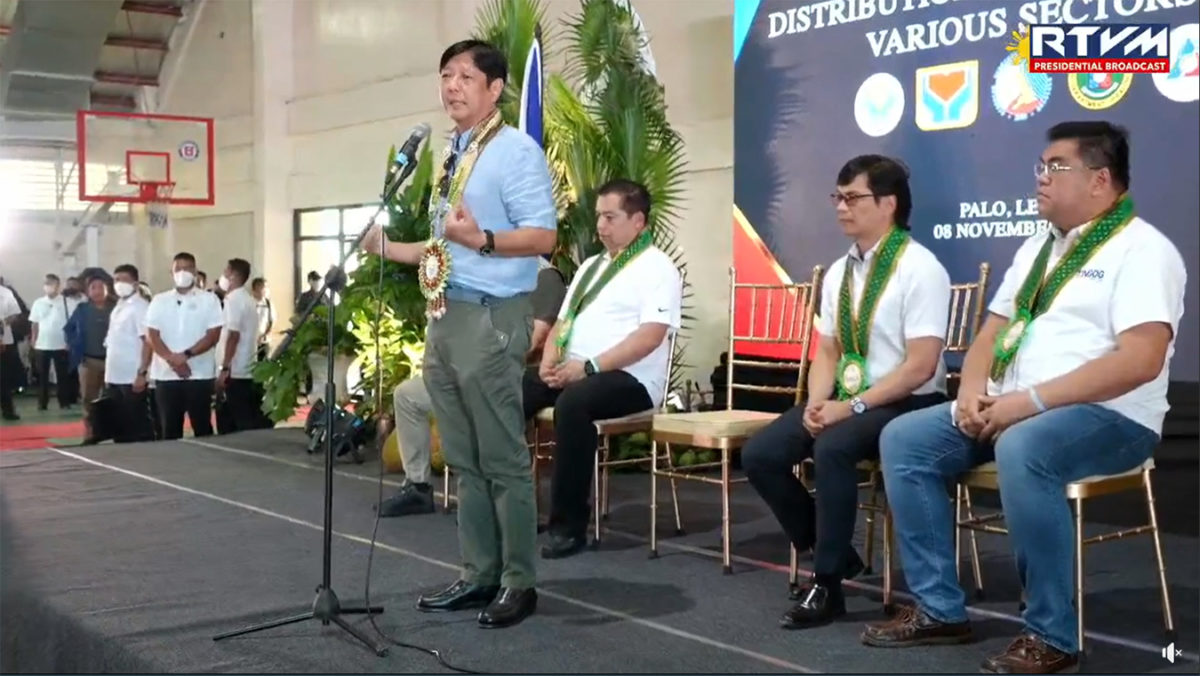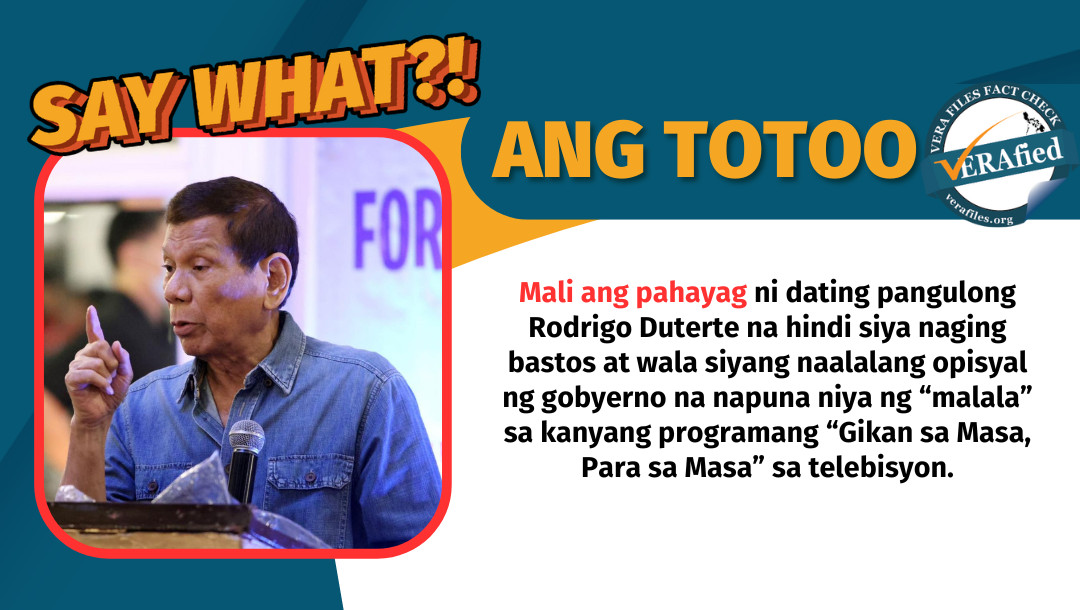Continued from Oct. 13 column: The evolution of congressional budget insertions
When the Countrywide Development Fund was introduced in the 1990 General Appropriations Act, it was intended to develop the rural areas. Individual legislators submitted lists of local projects and activities for funding to Malacañang, subject to approval by the president.
The CDF had two components: hard and soft. Hard referred to infrastructure projects such as roads, bridges, school buildings, waiting sheds, and other small local infrastructure, and other priority community projects that were not included in the National Expenditure Program. Soft projects included scholarships, medical assistance, textbooks, flip charts, basketball uniforms, and other sporting tools.
Some legislators found ways to fund bigger projects through “insertions” in the budget of line agencies. Public works and highways, education and agriculture were among their favorites for what was also called congressional “initiatives” allocations, or CIA. As a result, some priority projects were put on the back burner.
The chair and vice chairs of the appropriations committee enjoyed incentives. I can no longer remember the exact amounts, but those were substantial enough to fund additional projects for their respective districts, over and above their CDF and CIA. That was the reason for the long list of memberships to the appropriations committee at the start of every Congress. From less than 50 members in the early 1990s, the committee has now become the largest in the House, with 134 members.
Early on, the CDF and budget insertions — both pork barrel or government funds for projects designed to please voters and win votes — were already hounded by controversies, such as favoritism, overpricing, purchase of expiring or expired medicines, and wrong priorities, among others. There were constitutional questions, too.
The Philippine Constitution Association took the issue to the Supreme Court in 1994, arguing that the CDF’s mechanisms were encroaching on the power of the executive department in implementing the Congress-approved budget. The Supreme Court, however, affirmed its constitutionality, considering it as an exercise of the legislative power of the purse.
In 1996, news reports about kickbacks from overpriced projects funded by the CDF and budget insertions triggered public outrage over the funds misuse and abuse, but the level of indignation was not as intense as now over the trillion-peso anomalous flood control projects. A former budget secretary had said then that about 47% of project cost was lost to corruption, of which 20 to 30% ended up most of the time in the pockets of project proponents, who were congressmen and senators.
Because of the controversies then, the CDF was abolished in 1999, under the Estrada administration. But it was not completely gone. Lawmakers were able to draw funding for their pet projects from three other lump sums: Food Security Program Fund, Lingap Para Sa Mahihirap Program Fund, and Rural/Urban Development Infrastructure Program Fund. The common key phrase in those lump sums was a special provision requiring “prior consultation” with members of Congress on how, where, and when those would be used.
The following year, the Priority Development Assistance Fund appeared in the GAA for 2000, still bearing the requirement of “prior consultation” with the respective district representative before funds could be released.
The then budget secretary Benjamin Diokno came out with a “shopping list” of projects that could be funded under the PDAF, supposedly to reform the pork barrel system. Waiting sheds and basketball courts were not on the list. Payment of salaries and other personnel benefits was prohibited.
While monies for the projects identified by the lawmakers were released to the implementing agencies, lawmakers got hold of the Special Allotment Release Order and Notice of Cash Allocation. SARO is a document that gives the go-signal for an agency to enter into contracts, while the NCA serves as a disbursement authority and allows an agency to withdraw money from the national treasury to pay its obligations.
When I was covering the House of Representatives, I’d witness the long line of congressmen at the Office of the Speaker before and during the plenary deliberations on the budget proposal of the Department of Public Works and Highways. They were lining up for the SAROs and/or NCAs for their projects funded by their pork barrel share.
Some lawmakers who were not happy with what they got would pester the DPWH officials with questions to delay or block approval of the budget. Questions raised during committee hearings and even on plenary on the DPWH budget were mostly parochial, from funding for this and that project to appointments of their proteges in the department.
Since 2008, every congressman was entitled to an annual PDAF allocation of P70 million, while every senator had P200 million a year. Reports of abuse and misuse continued.
The constitutionality of PDAF was again challenged in the Supreme Court, which reaffirmed its 1994 ruling. But in 2013, the Supreme Court struck down the pork barrel system as it declared the PDAF unconstitutional following the exposes on the P10 billion PDAF that supposedly found their way into the pockets of legislators through dubious non-government organizations linked to businesswoman Janet Lim Napoles. Since then, things have gone awry; budget insertions became the norm.
The issues we’ve heard recently from the Senate and House investigations on the flood control scandal are not new. During the Arroyo administration, there was also public outrage over multi-billion-peso anomalies in road projects, which the Senate also investigated.
I was part of the team in the Philippine Center for Investigative Journalism that worked on a series of stories about the anomalous road projects in 2009. I’d say that the modus of corruption then appears to be similar to how funding for flood control projects was manipulated. More than two decades later, the corruption has become more widespread, and the boldness of those involved is beyond belief.
The problem of corruption in budget-making is indeed deeply rooted and systemic. Over the years, lawmakers have mastered the art of bastardizing the budget, the most important piece of legislation that Congress passes every year. Based on how they mangled the national government budget for 2023 to 2025, it would appear that the present crop of legislators has outdone all past congresses in terms of the enormity of the amount and degree of shamelessness in abusing the power of the purse.
Things also got worse when public works contractors were not only financing candidates but were themselves elected to either legislative district or party-list seats. One even got to chair the powerful Committee on Appropriations, a situation that some likened to putting Dracula in charge of the blood bank.
Hopefully, the current public outrage over the legislators’ pork — be they amendments, insertions or initiatives — will put an end to kickbacks, errata, SOP, for the boys in any public spending. Any form, shape or color of pork barrel should not find its way into the national government budget. Pork by any other name would stink just as bad.
The views in this column are those of the author and do not necessarily reflect the views of VERA Files.
This column also appeared in The Manila Times.
